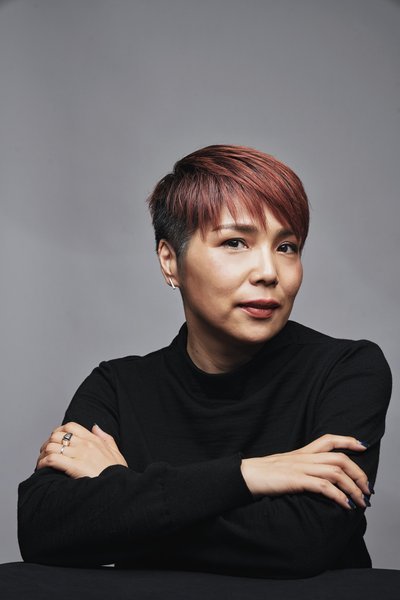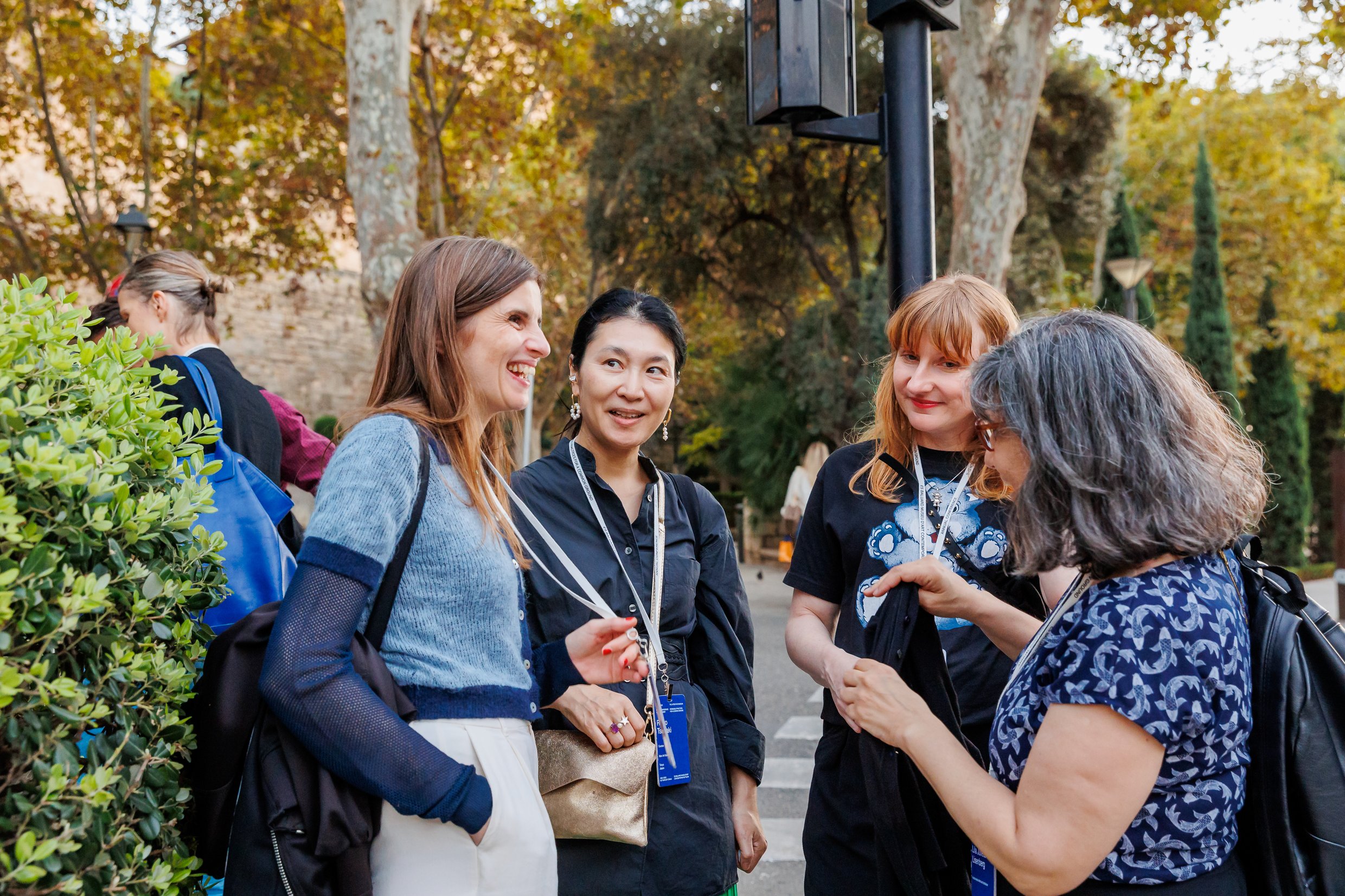Who’s Who at CIMAM: Get to know our members

Who's Kodama Kanazawa
Kodama Kanazawa (金澤 韻) is a Japanese curator of contemporary art, currently based in Shanghai, China. After working for 12 years in public art museums, she began working independently in 2013.
How did you get started in the world of art curating, and what led you to dedicate your professional career to it?
In 2000, I had the opportunity to attend the first Echigo-Tsumari Art Triennial, which was thought to be one of the early indications that a wave of biennial culture had reached Japan. At the time, I was a graduate student and had the pleasure of experiencing the works of some world players of contemporary art, such as Marina Abramovic and James Turrell, for the first time. Despite my background in art history, this was my initial exposure to the global expansion of contemporary art. This led me to think about working in the contemporary art industry.
The following year, in 2001, I was fortunate enough to be offered a position as an assistant curator for the Museum of Contemporary Art in Kumamoto, Japan, which was under construction at the time. This marked the beginning of my journey as a professional of contemporary art.
What kind of narratives are you currently working with or most interested in?
A sociologist friend of mine once shared their insight that contemporary art has the unique ability to convey important societal issues to a large audience without resorting to didactic or authoritarian means. I believe this is precisely why many contemporary artists are addressing pressing issues like discrimination, politics, war, the global environment, climate change, etc. What is particularly impressive is that these artists often infuse their works with humor, imbuing us with a sense of hope that, no matter how challenging the issues we face may be, we can ultimately overcome them as a collective humanity.
Over the years, I have had the privilege of collaborating with and conducting research alongside artists who explore complex topics such as neurodiversity, racism, colonialism, nuclear development, and the environment. It is my fervent desire to continue engaging with these critical issues.
How would you define yourself as a curator concerning research, the relationship with artists, and institutions?
What are your most common working practices and research sources?
I view myself as a participant in the art scene, collaborating with artists, researchers, and other professionals to help bring projects to life. The nature of my role varies from project to project. Most frequently, I am tasked with researching and facilitating the creation of new works by artists whose work I have commissioned. Occasionally, I conduct the research myself and present the results in various forms to the public. In other instances, I contribute to the artist's project as a creative writer or verbal artist.
Anyway, given the cultural and political climate in the Japanese and Chinese art scenes, organizing a contemporary art project can be a challenging endeavor that requires extensive negotiation with local governments and communities that may not have a strong understanding of contemporary art. I believe that by participating in these activities, I am making a meaningful contribution to the contemporary art world.
What book have you recently read that has inspired you in the development of your professional activity?
I recently read Izumi Nakajima's Anchi akushon ([Anti-action], Tokyo: Brücke, 2019), a meticulous analysis of the historical equivocation of women artists in post-World War II Japan. Through her careful examination of criticism at the time, Nakajima reveals the power structures and gender discrimination that had long been pervasive yet not fully understood. I found this work to be a powerful demonstration of how evidence-based research can illuminate societal issues that might otherwise remain obscure.
What was the last exhibition you attended, and how did it impact you?
The last exhibition I curated was "Slightly Feverish: Heat of Reaction, Strength for New Life," which featured the works of 11 student artists, many of whom were in their early twenties. Curator Hiroyuki Hattori and I organized the exhibition under the supervision of general director Mami Kataoka.
Although it is often assumed that the younger generation in Japan lacks strong opinions, I was impressed by how these artists thoughtfully observed their surroundings and conveyed their modest yet impactful ideas through their works. However, what intrigued me even more, was the unique perspective and powerful voice exhibited by the students from China, Korea, and Cyprus. This experience has inspired me to continue observing and learning from these young artists while embracing and appreciating the differences that stem from varying generations and regions.
Who's Who in CIMAM: Get to know our members and find new ways of collaboration
A new project intended to activate CIMAM's extraordinary and unique international network of Directors and Curators of Museums and Collections of Modern and Contemporary Art.
We want our members to harness the contacts they have been generating for the last 60 years to make themselves known and find opportunities for collaboration anywhere in the world.
"Who's Who at CIMAM", are a series of rapid, practical, and dynamic written interview aiming to provide relevant information about the projects in which members are involved, sources of information and inspiration, working methodologies, and recommendations on readings and exhibitions.

Want to participate?
Send us a request to info@cimam.org and we will interview you, and you will be featured in CIMAM's social networks and newsletter.